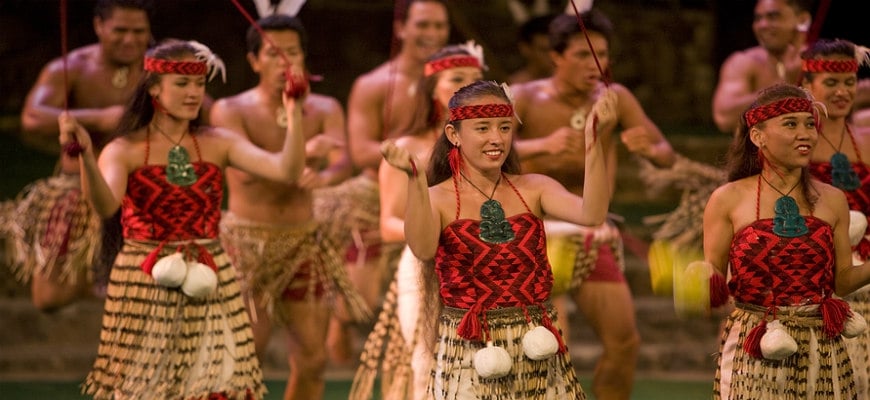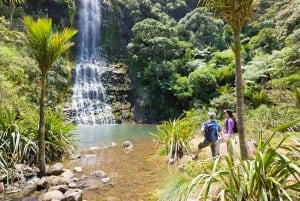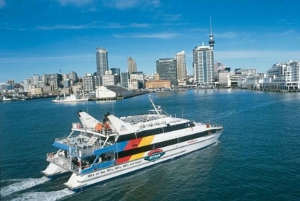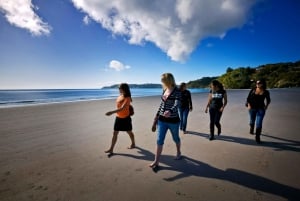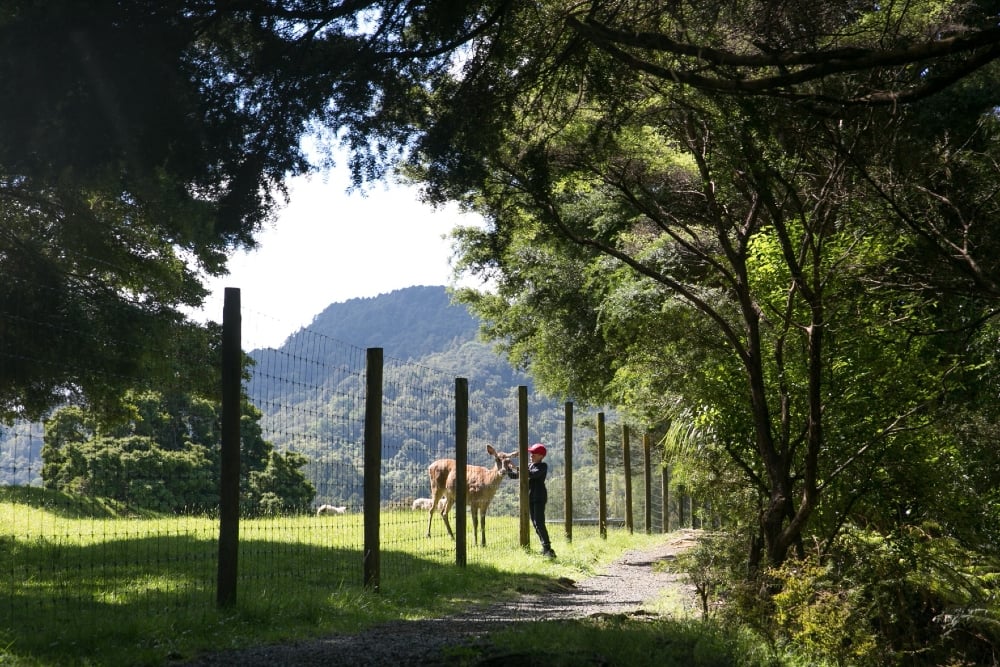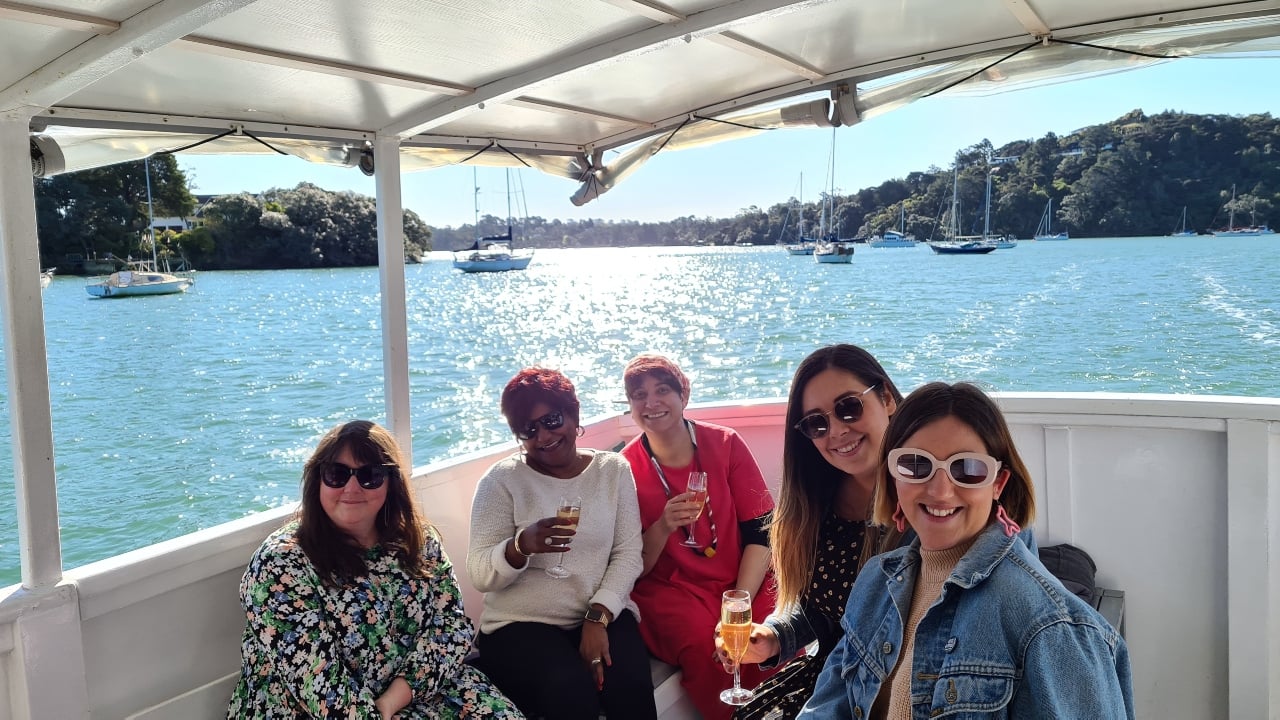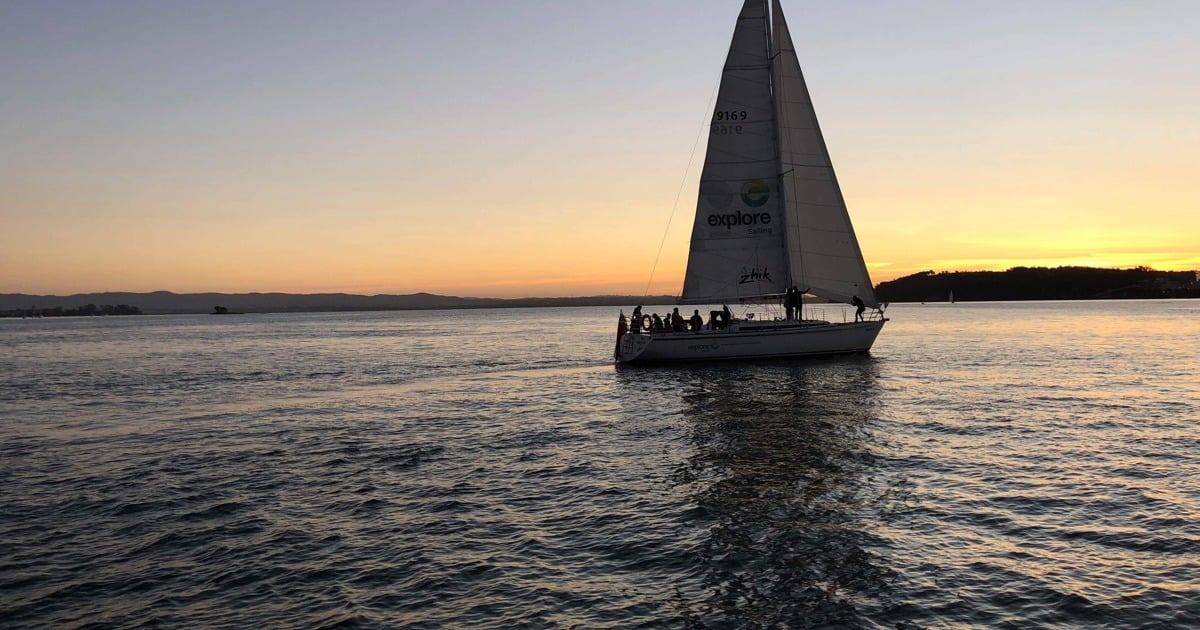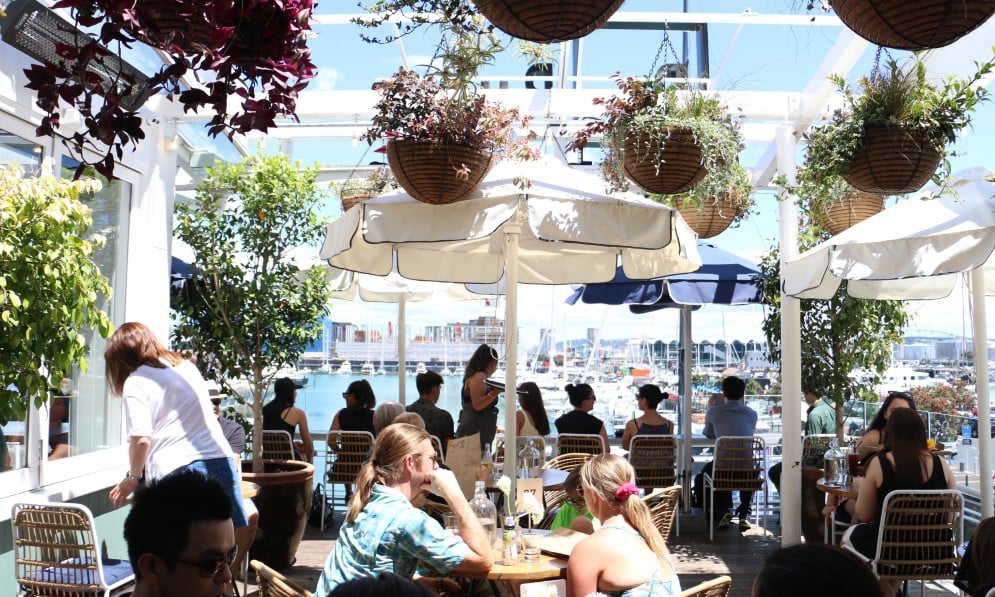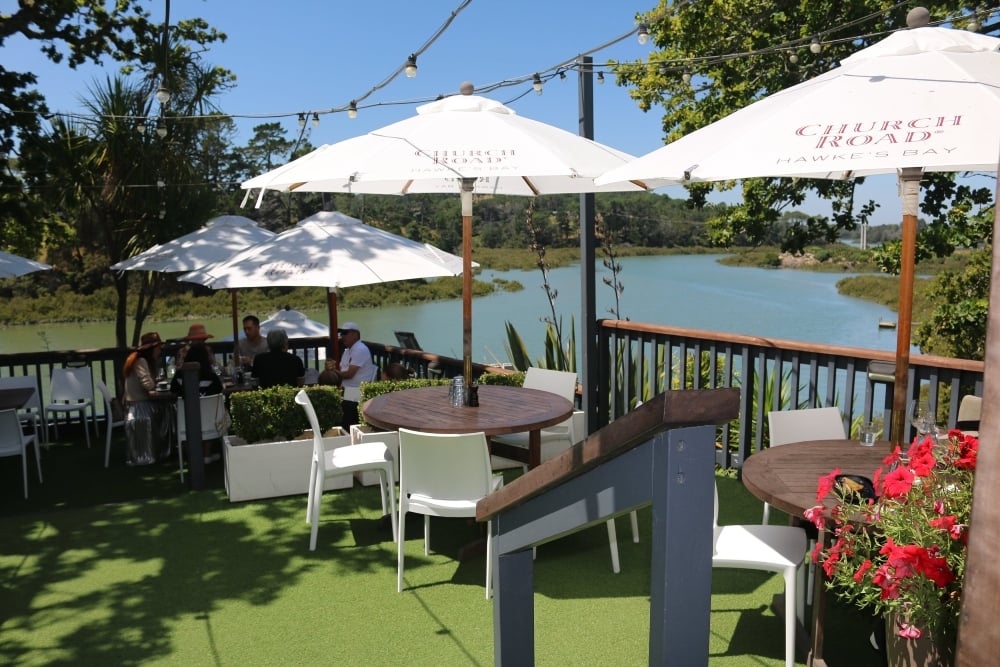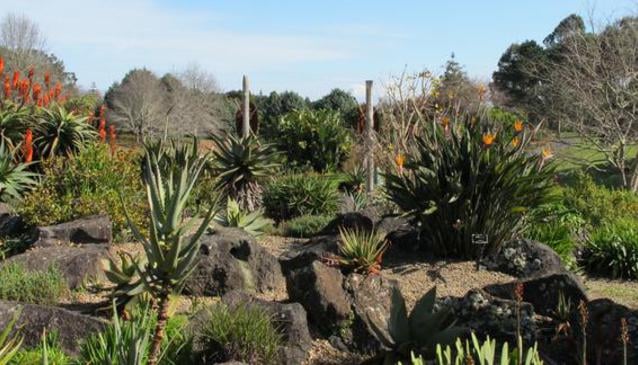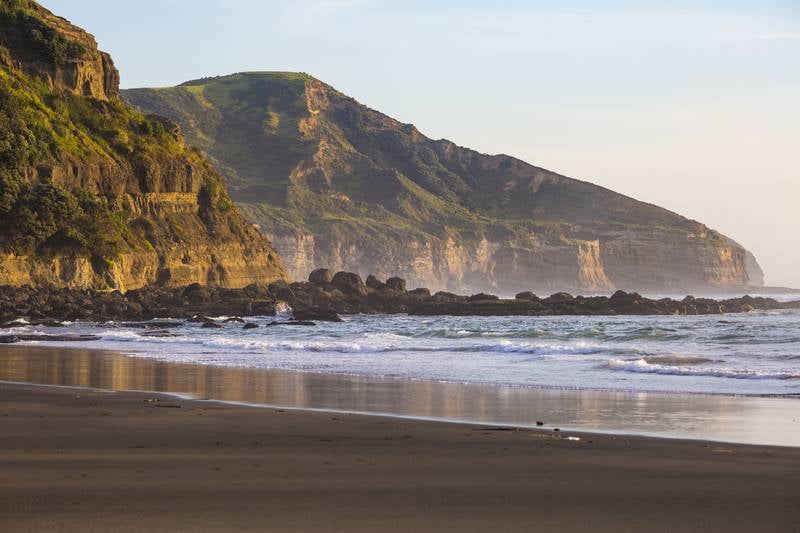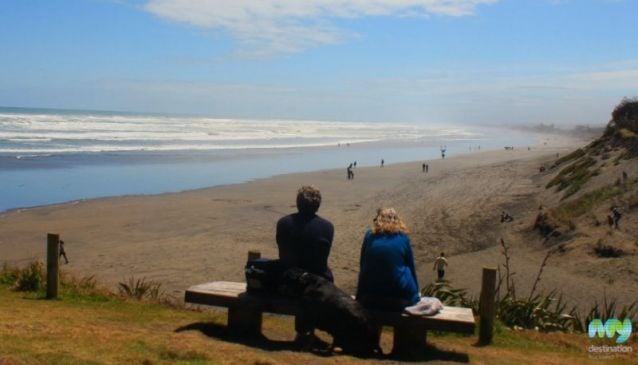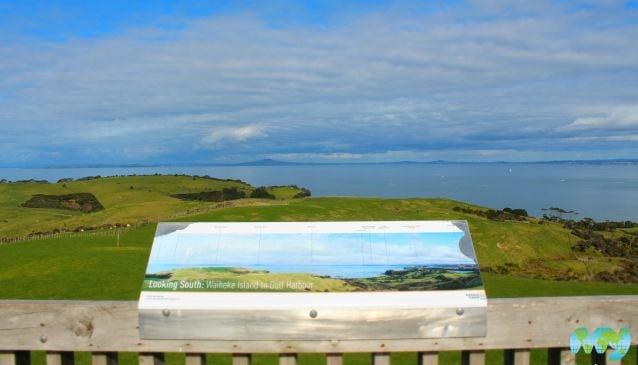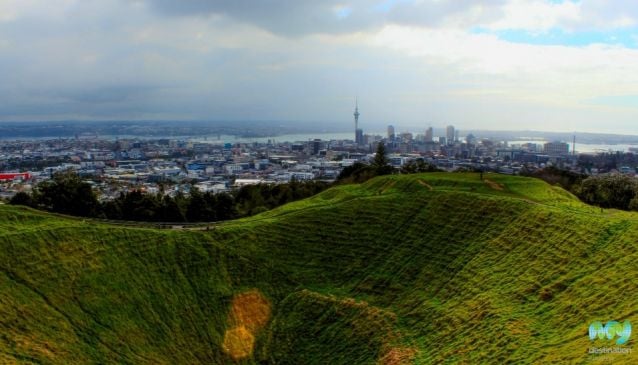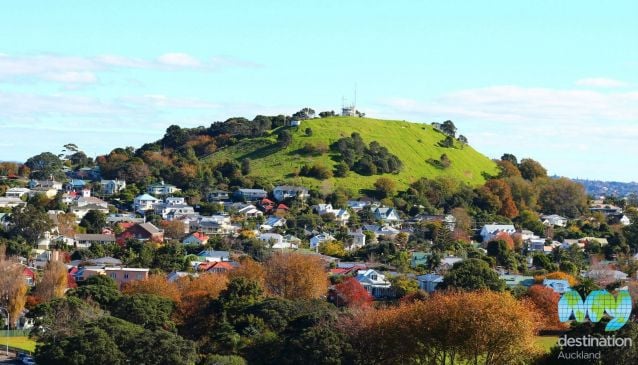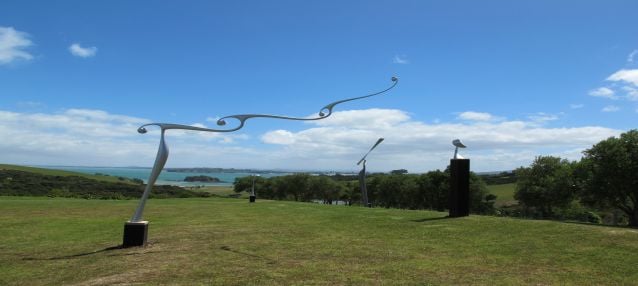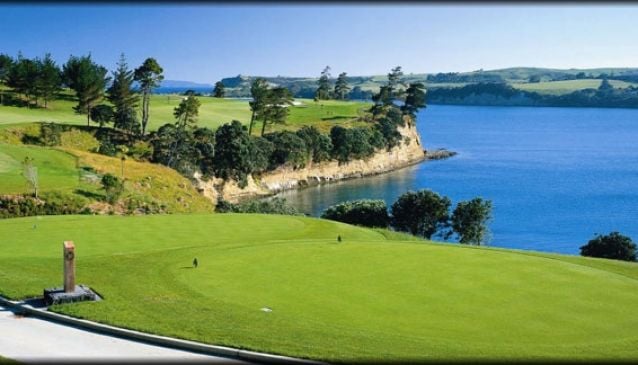New Zealand People
Just 4.3 million people live in a country that’s slightly bigger than the UK. The low population, spectacular scenery and relative isolation are reflected in the people that inhabit this land. New Zealanders tend to be quiet, independent and friendly, with a keen sense of adventure and exploration.
Although most of the population can be traced back to British descent, the largest minority remains the indigenous Maori that represent around 14 percent of New Zealanders. The common language is English, although you’ll likely to hear a few others spoken, including another official language of New Zealand, Maori.
The indigenous Maori people are believed to have first arrived in their voyaging canoes over 1000 years ago from their homeland of Hawaiki. Legend says that Kupe, ‘the great explorer’, was the first to discover New Zealand and named this new land ‘Aotearoa’, or ‘Land of the Long White Cloud.’ Ever since, the Maori culture and language has played a major role in all aspects of New Zealand life.
The Maori culture is deep and varied, with traditional and contemporary arts taking a prominent position. The art of carving, weaving, tattoo, oratory and kapa haka (group performance) are practised across the land. Today’s practitioners follow the techniques of their ancestors that have been practised for centuries, but incorporate their own modern techniques. Maori culture is also alive and well in New Zealand’s art, film, television, poetry, theatre, and music scene.
During the early twentieth century, the economy relied largely on farming and the exporting of primary produce. The country’s manufacturing and tertiary industries became established after World War II, as more of the population headed to the cities.
Despite the growth of new areas in the economy, and the growing population in the cities, there’s still a good sized rural population with farming still a major contributor to the country’s export trade. Along with the usual exports of dairy, meat and wool, a growing importance to the export market includes wine, fruit, and biotechnology. Diversification and technology has helped New Zealand to become one of the most productive and innovative agricultural nations in the world.
During the 70’s, a large number of immigrants from the Pacific Island arrived and settled in New Zealand. For the next two decades, an increasing number of immigrants from Europe and Asia continued to choose New Zealand as their home. This influx of immigrants, combined with technological and economic developments have helped shape a new national identity. In fact, over the last twenty years, New Zealanders adoption of the latest technology, has led to some of the highest mobile and internet use per head found anywhere on the planet.
The influx of immigrants from the Pacific Rim has influenced traditional fashion, culinary tastes, and lifestyles to produce a unique New Zealand identity.



